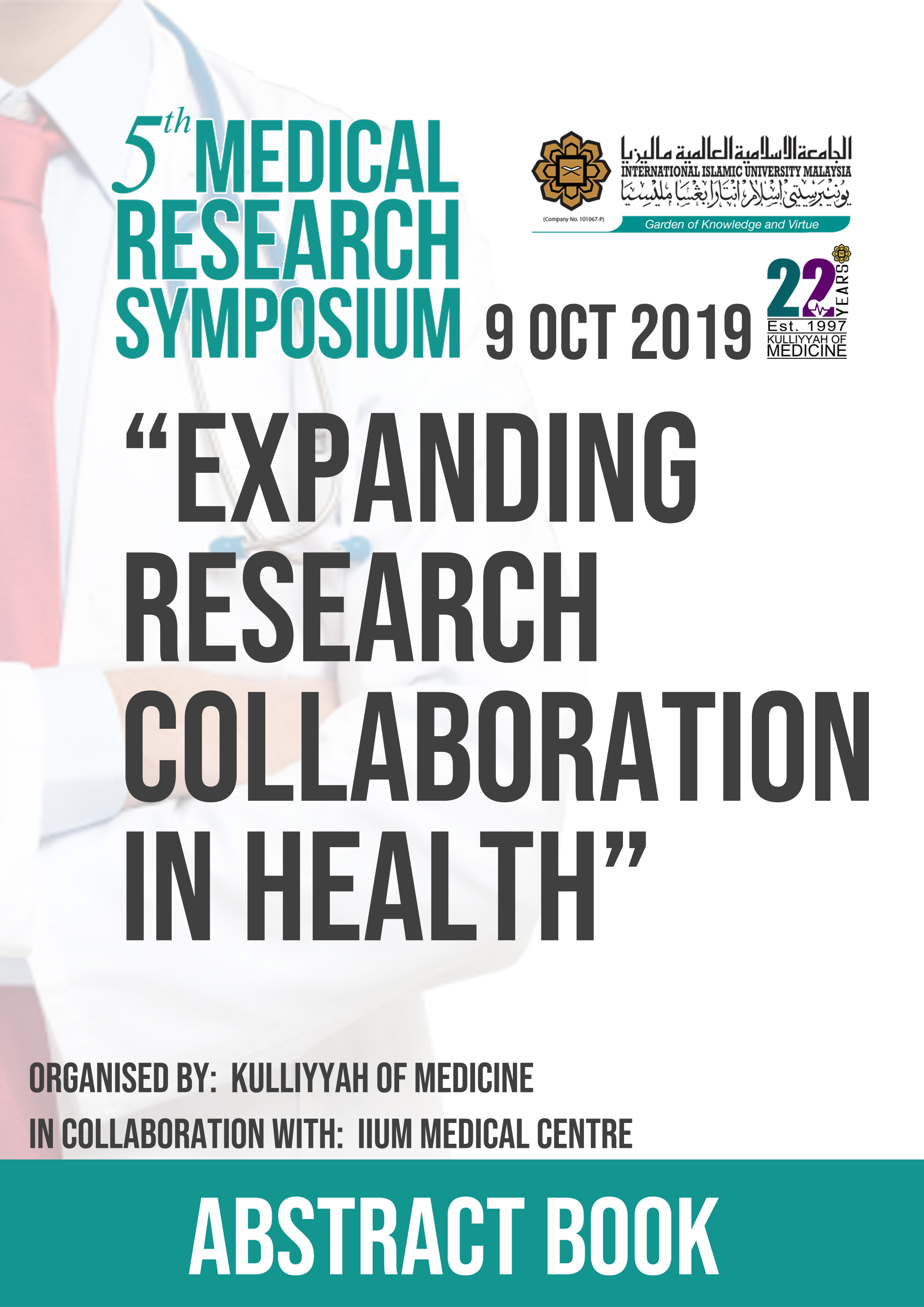Arthroscopic Treatment of Snapping Scapula Syndrome: A Case Report
DOI:
https://doi.org/10.31436/imjm.v18i2.610Abstract
Introduction: Snapping scapula syndrome is a condition with audible and palpable grating localized to the superomedial angle of the scapula associated with pain. The etiology is likely secondary to anomalous tissue between scapula and chest wall (e.g. bursitis, hooked superomedial angle scapula, Luschka tubercle, malunited rib/scapula fracture and osteochondroma). Case report: We present a case of a 17year-old gentleman, with chronic pain over bilateral upper scapula associated with grating sound upon shoulders movement. Examination revealed significant audible crepitus on bilateral scapula without restriction of shoulders motion. MRI showed no abnormal finding. An attempt for conservative approach including physical therapy and steroid/local anaesthesia injection has been unsuccessful. We subsequently performed an arthroscopic bursectomy and superomedial angle scapula decompression on the right scapula. There were inflammed bursa with fibrotic tissue and prominent superomedial angle of scapula observed during the surgery. Postoperatively, the symptom over right scapula completely resolved with good patient satisfaction. At present, patient is scheduled for the similar surgery on the remaining symptomatic left scapula. In conclusion, arthroscopic scapulothoracic bursectomy with superomedial angle scapula decompression is a reliable treatment for snapping scapula syndrome with predictably high rates of pain relief, patient satisfaction as well as improvement in functional outcomes.
Downloads
Downloads
Published
How to Cite
Issue
Section
License
All material submitted for publication is assumed to be submitted exclusively to the IIUM Medical Journal Malaysia (IMJM) unless the contrary is stated. Manuscript decisions are based on a double-blinded peer review process. The Editor retains the right to determine the style and if necessary, edit and shorten any material accepted for publication.
IMJM retain copyright to all the articles published in the journal. All final ‘proof’ submissions must be accompanied by a completed Copyright Assignment Form, duly signed by all authors. The author(s) or copyright owner(s) irrevocably grant(s) to any third party, in advance and in perpetuity, the right to use, reproduce or disseminate the research article in its entirety or in part, in any format or medium, provided that no substantive errors are introduced in the process, proper attribution of authorship and correct citation details are given, and that the bibliographic details are not changed. If the article is reproduced or disseminated in part, this must be clearly and unequivocally indicated.










